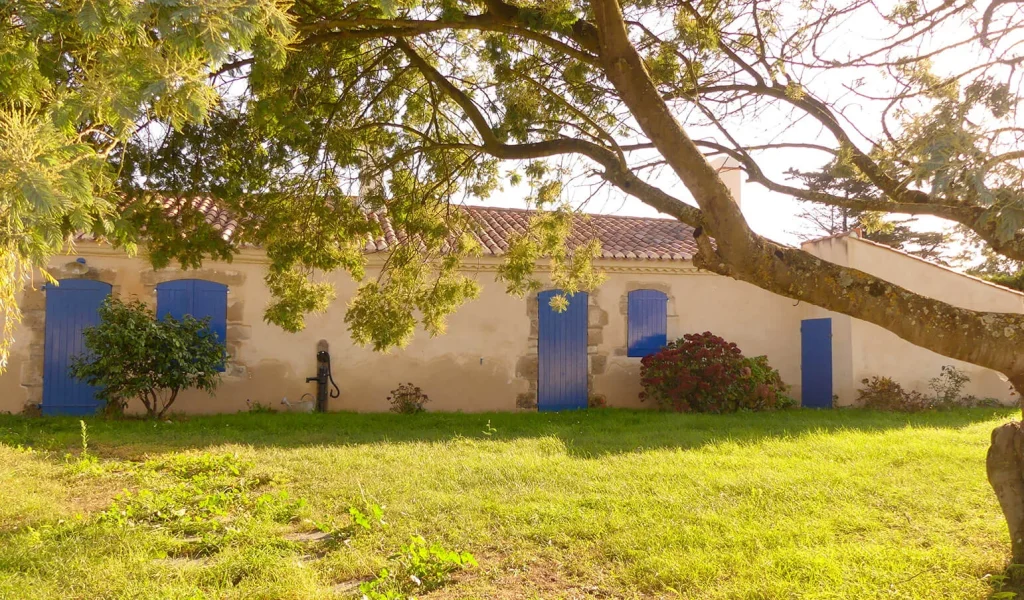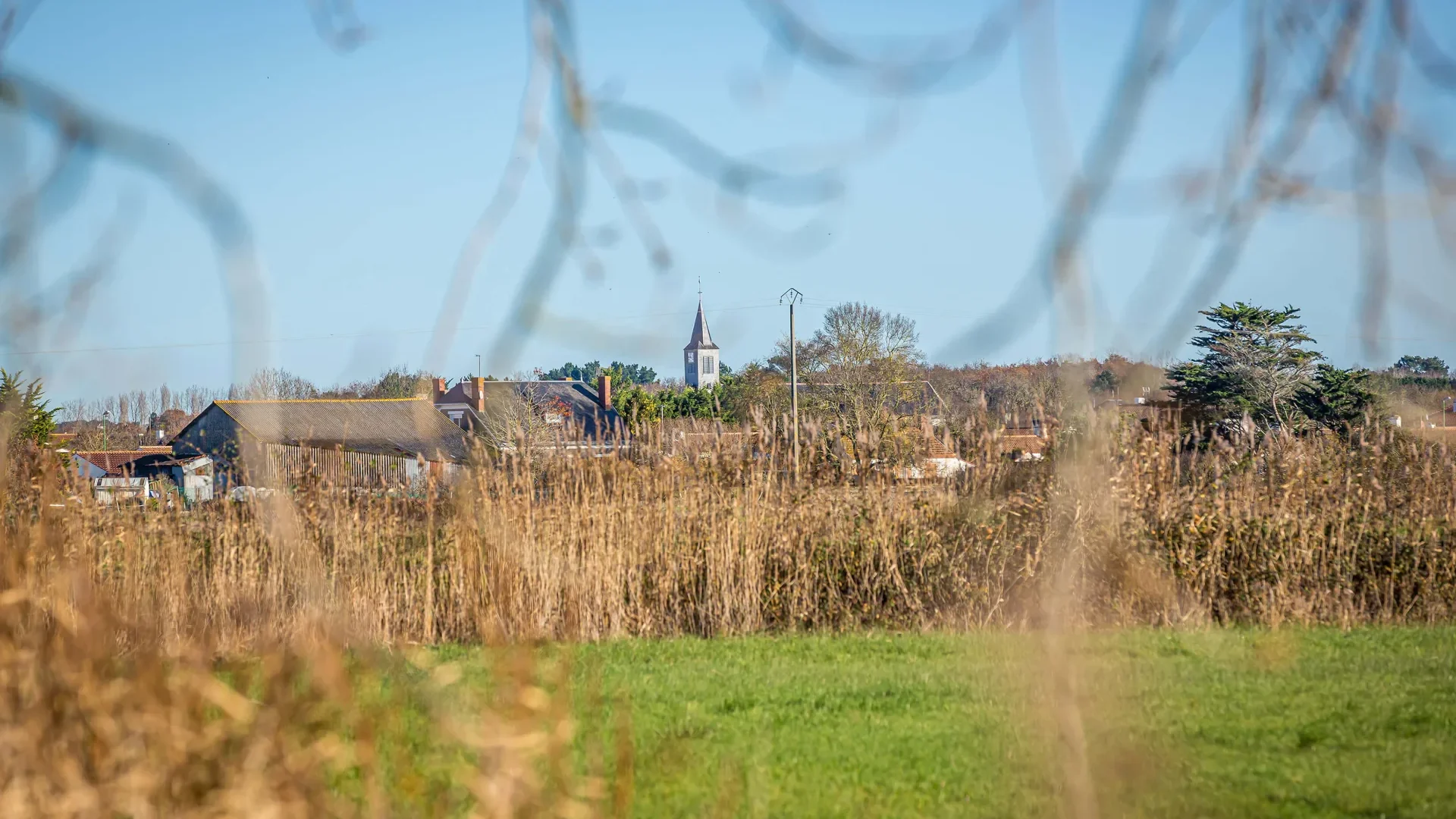The Presbytery
Built around 1870, this building served as the parish priest's rectory for over a century. Two local historians then occupied the building: Abbé Auguste Somonneau and Abbé Charles Grelier. Originally from Challand, these two learned priests devoted their lives to historical research in the region. The building now houses the Town Hall.
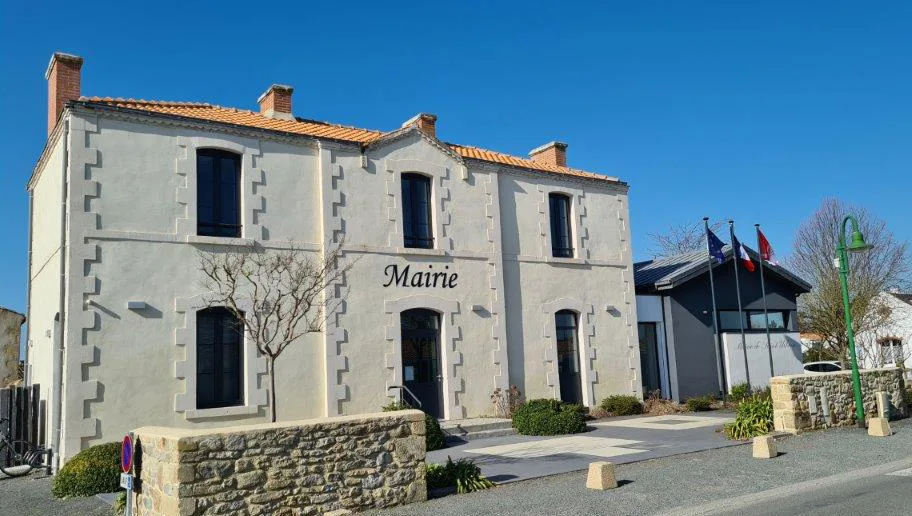
Saint-Urbain Church
Built in the 10th century on a former necropolis, the Romanesque church underwent repairs in 1788. The nave was lengthened and the transept pierced, giving the building a cross shape. During the Vendée War, the church was burnt down three times between 1793 and 1794, before being restored in 1798. As you enter the church, you will notice a red granite stone at the entrance, which is not original. It is the result of fires during the Revolution. A bell dating from 1509 bears the name of Saint-Urbain and a second from 1618 is dedicated to the Virgin Mary. They were recast in 1777.
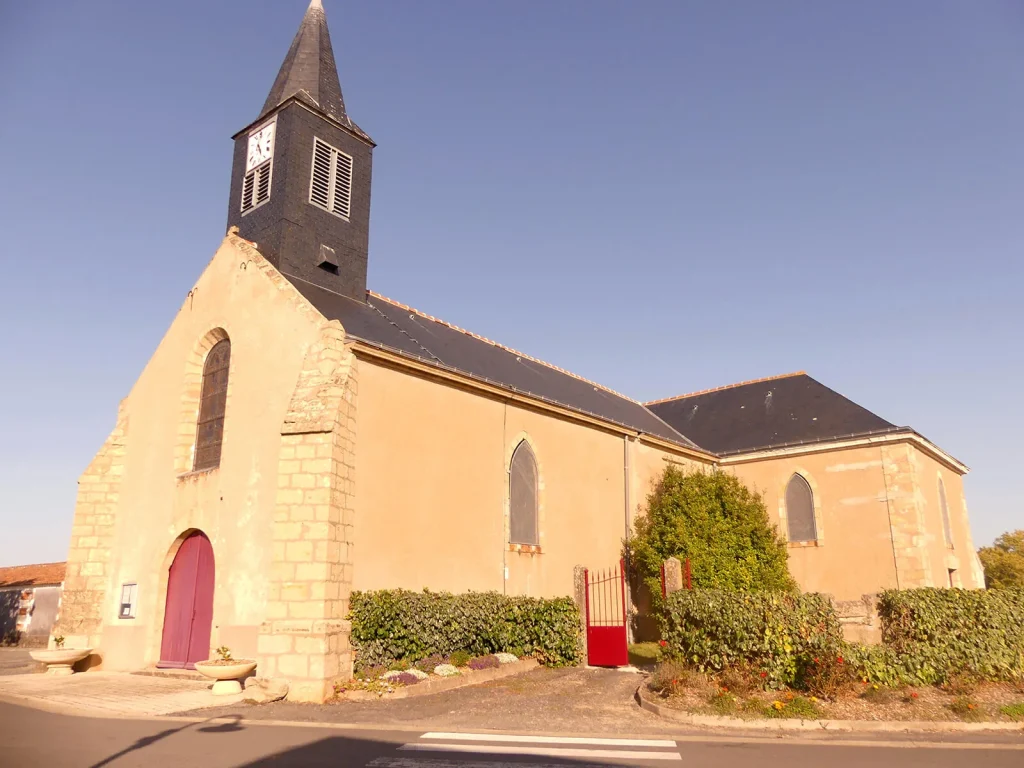
La Croix hosannière
Entering the cemetery, we find this monument, erected around 1669, consisting of an irregular octagonal column set on a round base of dressed stone. This column is surmounted by a cross whose branches end in five faces. Near the entrance to the cemetery, in the boundary wall, is the "suicide stone", also known as the "stone of the hanged", which has been preserved and enhanced. This 18th-century stone was used to tip the coffins of those who had taken their own lives and could not pass through the main entrance into the cemetery.
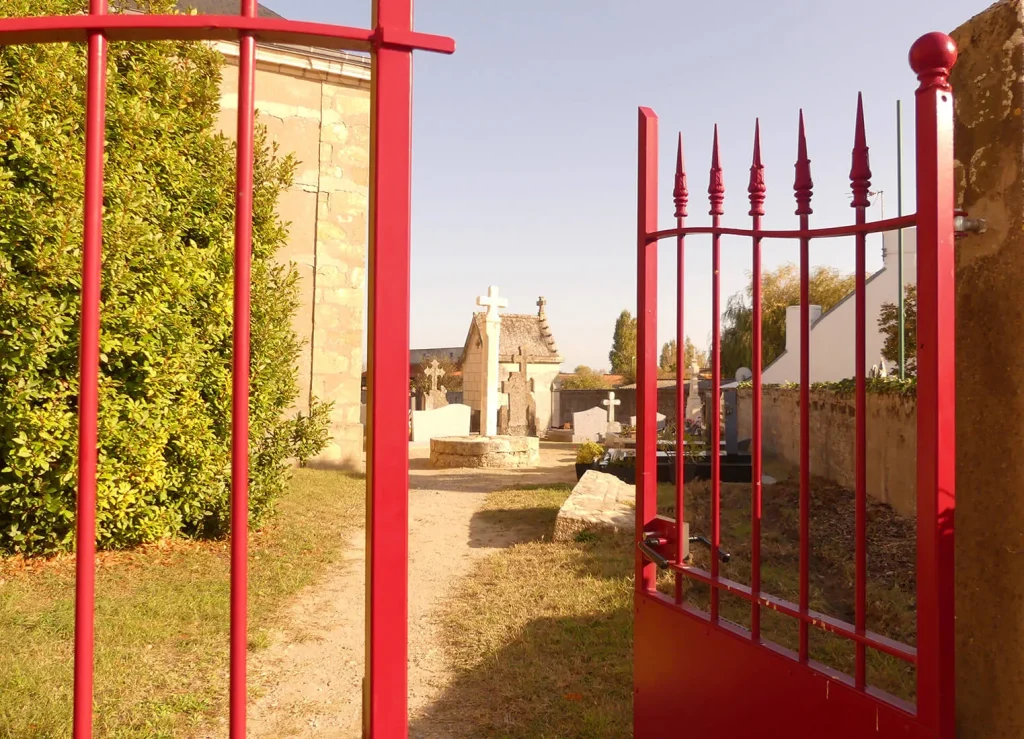
Monument to the dead
This monument, originally located in the cemetery, was moved in 2016. The cross was replaced by a Gallic cockerel, symbol of the "victorious nation" in reference to the 1st World War. In early 2020, while digging at the site of the monument, a municipal employee discovered a wooden chest containing a needle, a rosary, religious medals, a decanter containing a rolled-up sheet of paper and pieces of woollen cloth. These objects belonged to Henri Benet de Montcarville and were placed in the chest by Abbé Grelier to pay tribute to his friend, who died in 1917 in the First World War.
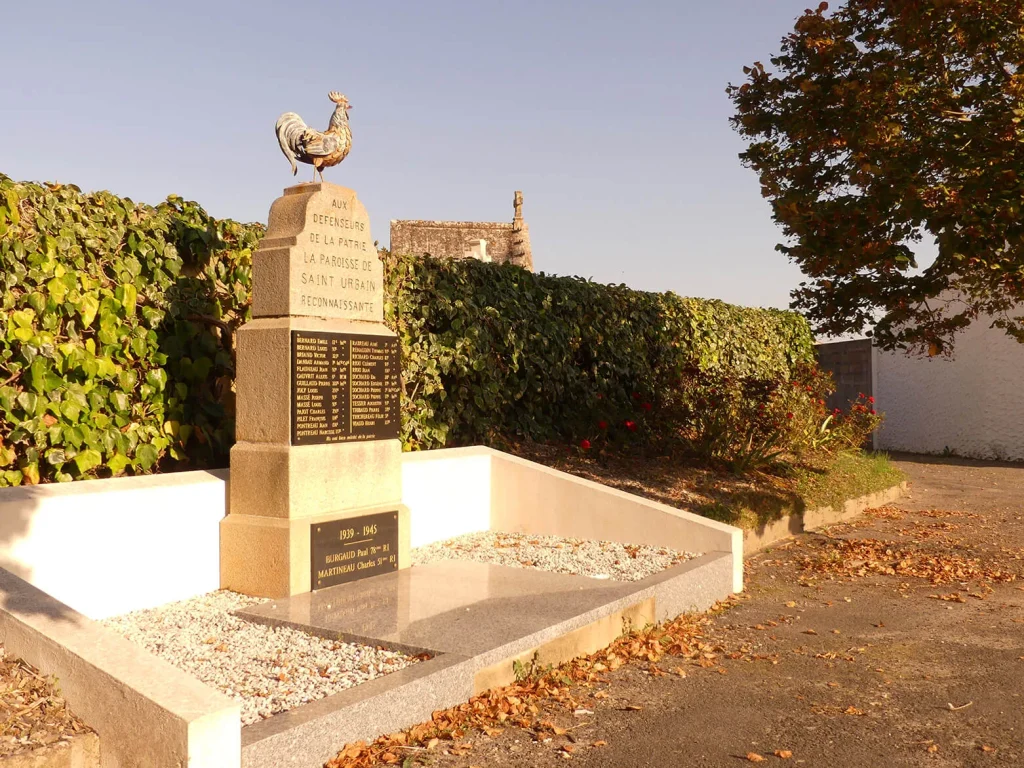
Devil's stone
It is said that this menhir, made of pebbles and quartz, was moved. It brought all sorts of curses to the owner of the field in which it stood. These curses only ceased once the megalith had been returned to its original position.
Mission cross
This cross at a crossroads is one of the many witnesses to the faith and religious feelings of the people of Urbino over the centuries. It was erected in 1760, replacing an earlier wooden cross erected by Father de Montfort around 1711-1712.
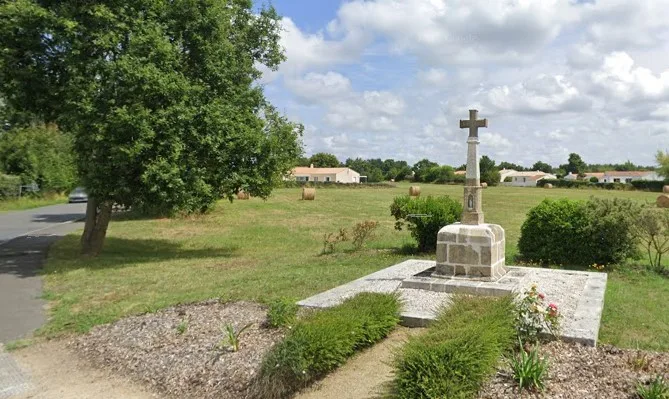
The Virgin
Erected in 1893 or 1894, it is made of bronze and has a stone base. It represents Notre-Dame des Sept Douleurs (Our Lady of Seven Sorrows): a heart pierced with clay is in relief on the Virgin's chest. Originally erected in Sainte-Marie-sur-Mer, near Pornic, as the patron saint of sailors at sea, the statue was donated to the parish of Saint-Urbain by a young lady from La Tour du Pin who lived in the Château de La Bonnetière. The Virgin's left arm bears the scars of a bullet fired by a German soldier during the Second World War.
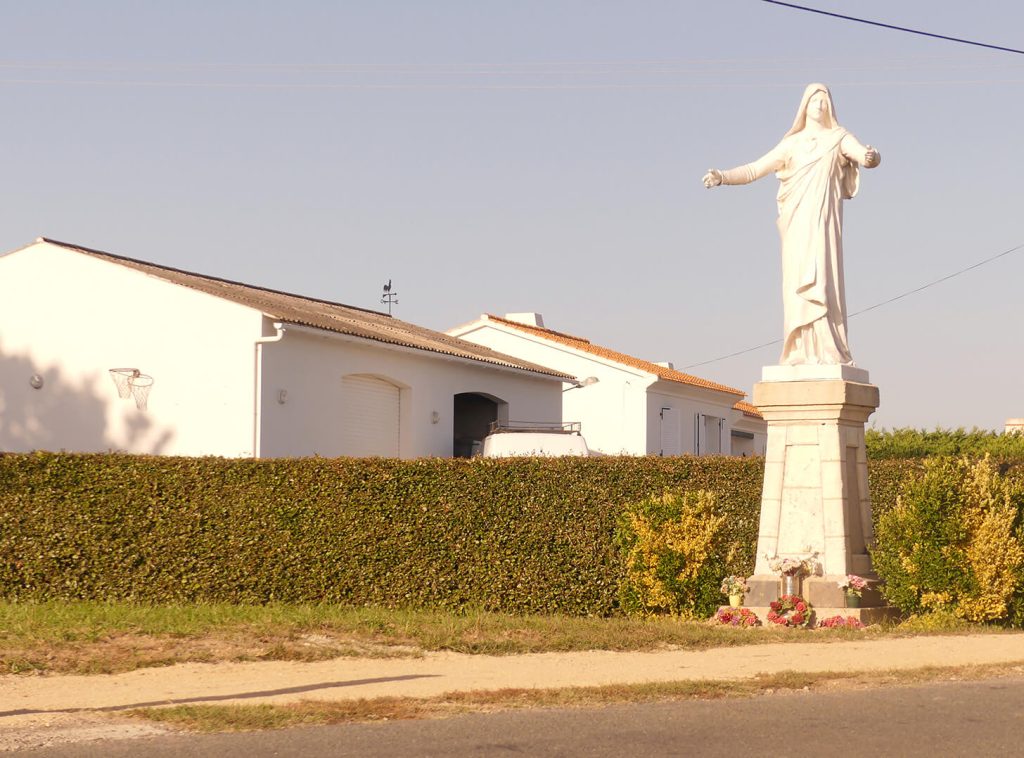
Nice bumps
During the Revolution, two heavy church bells were buried in the Belles-Bosses meadow, to prevent them being used as cannons. These two bells predate the Revolution, a rare occurrence in the Vendée.
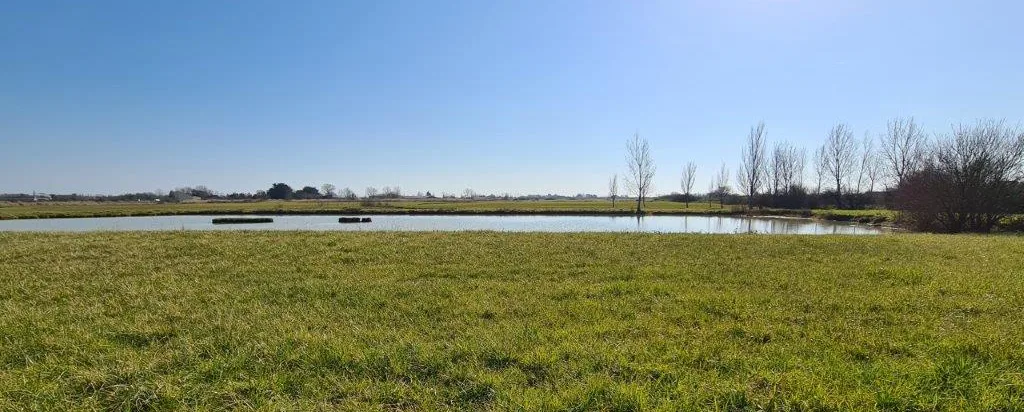
Still
After the Second World War, it was common practice to "make eau de vie" by fermenting local fruit in Saint-Urbain. In 2021, the town council built a wooden building to house a still as it once existed. The still is where distillation takes place, and a distiller is helping to revive this traditional activity.
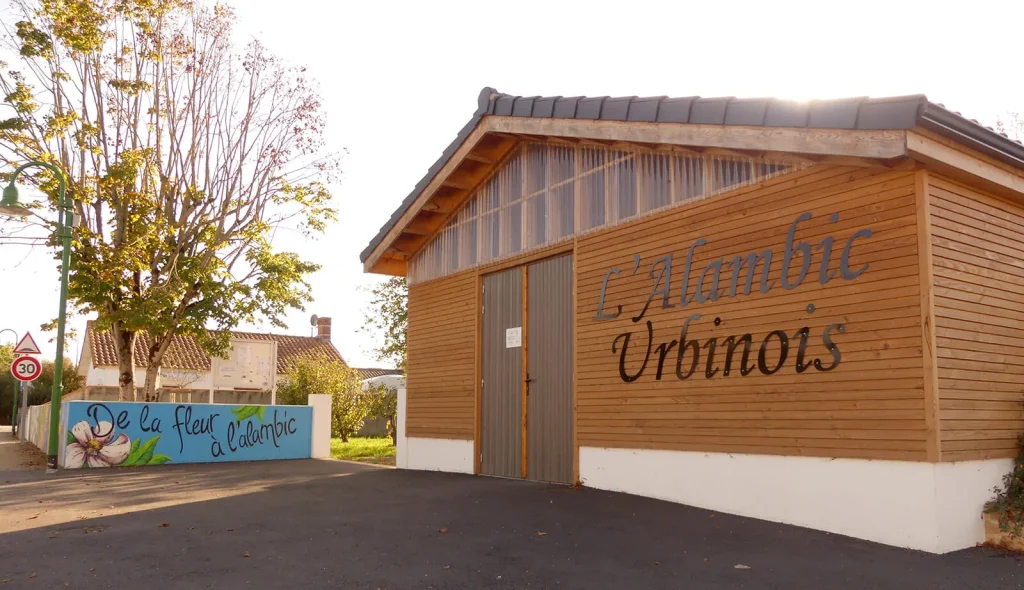
Traditional housing
In 1831, the Napoleonic land register recorded 20 houses in the village of Saint-Urbain. This farmhouse is certainly one of the oldest dwellings in the commune.
